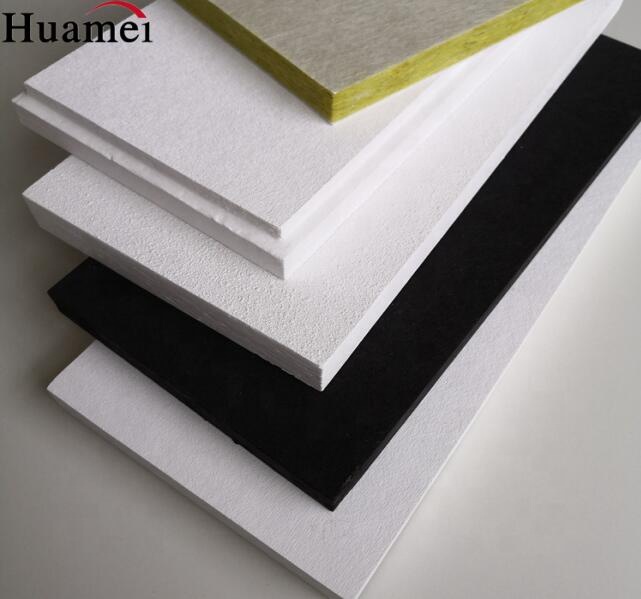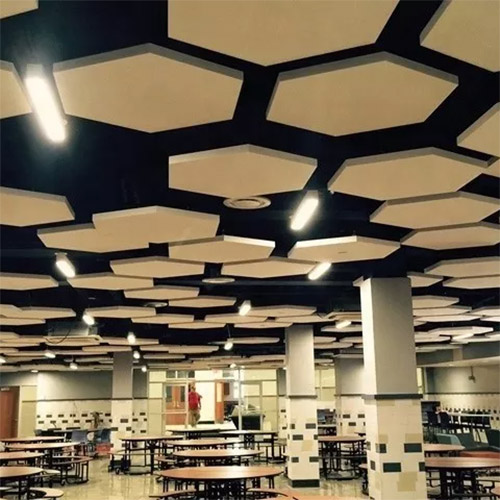There’s something about the saturated hues of blossoming springtime flowers and the fiery, warm tones of a sunset descending upon a cityscape that brings us joy. Humans crave color. In fact, we’ve been fascinated by them since the beginning of our existence. So much so that everything from the color of our clothes to the brightly illuminated pixels on this screen is an attempt to recreate –and enhance– the vibrant shades present in nature, finding in them a source of inspiration and vitality. Our brains are wired to link colors with sensations and experiences: the lush greens of a forest evoke feelings of tranquility and renewal, while the deep blues of the ocean stir a sense of mystery and adventure. It is this ability to elicit emotion that makes colors an invaluable tool for architects and designers –and which also explains why trends are moving away from the once-reigning neutral minimalism towards a more maximalist aesthetic that embraces pops of color, dimension and playful texture.
This shift has been evident not only in residential architecture, but also in modern workspaces and other high-traffic environments that benefit from colored walls or ceilings. It’s ultimately an efficient way to infuse busy interiors with energy and cultivate a creative, productive and user-friendly atmosphere. However, if we have learned anything from holistic, integral design, it’s that it isn’t just about what we see and feel, but also about what we hear. A vibrant, colorful ambience loses its appeal if not properly sound-proofed, as too much noise can hinder productivity and transform such spaces into sources of distraction, stress and discomfort. The good news, though, is that a balance between acoustic control and visual appearance can be addressed through good design. And acoustically sound places certainly don’t have to be boring… Fabric Wrapped Acoustical Wall Panels

To ensure both acoustic comfort and a lively aesthetic, it’s possible to combine the two in one solution. Autex Acoustics, for instance, develops acoustic panels –all carbon neutral and made with a minimum of 40% recycled PET– in a myriad of colors for various interior fit-outs. This extensive palette is featured in all products, including two of the most popular series, Cube and Vertiface –the first consisting of lightweight, semi-ridged panels, while the second of versatile fabric wallcoverings. In addition, four new colors have recently been launched and will also be available across the entire product portfolio. And if designers, architects or even homeowners still cannot find a specific color in the existing palette, Autex provides other alternatives. For example, it's possible to print any color across the entire spectrum with the Solid Color range through the use of an advanced and sustainable UV printing solution. With paint, CMYK and Pantone matching available, one can complement existing palettes or create pieces tailored to a specific project. Likewise, any pattern can be obtained with Acoustic Surface Finishes. These creative possibilities not only enhance a design's overall aesthetic appeal, but also discreetly incorporate acoustic functionality –acoustics in disguise, one might say.
Aiming to inspire architects and designers, below we delve deeper into these colorful sound-proof solutions, exploring four creative ways to integrate them within a spectrum of interior settings that span from residential to high-traffic work environments.
Add Surfaces That Bring the Colors of the Outdoors In
Nature’s hues –earthy greens, sky blues, warm sunset tones– have a timeless appeal. Integrating them into interiors, whether to blend into a room’s rustic aesthetic or accentuate a wall, is a great way to create biophilic experiences; the kind highly coveted in contemporary design. With that in mind, four rich, yet muted nature-inspired colorways have recently joined Autex’s palette, each a subtle interpretation of different landscapes.
Canyon, a soft sun-baked terracotta, is reminiscent of summer and adds a sense of warmth and light to spaces. Hovering between grey and blue is Caspian, a stormy hue similar to charcoal that can be dramatic or subdued depending on the setting. Highland, on the other hand, is an earthy, muted moss green with golden undertones, ideal for revitalizing a room without overpowering it. And for more neutral and lighter aesthetics, Terrace offers a subtle alternative to warm grey –a more sophisticated take on the traditional mauve. These new colors establish a connection with the outdoors and simultaneously tackle acoustic control, enabling designers to be creative and craft spaces that foster comfort, tranquility and well-being (for the eyes and ears).
Create Focal Points With Accent Walls
Colors have the power to draw attention and guide the eye, meaning colored acoustic wall panels can be strategically placed to both isolate sound between rooms and create one or several focal points. Certain spaces or points of interest may be highlighted to guide visitors and attract their attention in a high-traffic building, adding contrast, depth and character to an otherwise plain wall.
In any case, although a colored accent wall can easily create a focal point, the overall visual effect greatly depends on the color choice. For example, a Vertiface acoustic panel in a bold shade –such as Ink, a captivating deep blue– will make a strong and somewhat dramatic impact, whereas using the muted, nature-inspired Terrace to cover a wall will have a much more subtle and elegant effect. Designers can ultimately make the decision based on the desired ambience and to maintain visual harmony with the rest of the space.
Establish Color Zones to Divide Functions
Especially in high-traffic work environments, where a lot of activities are being carried out simultaneously, it can be quite useful to define different zones within one space by using color. Employing colored sound-proofing solutions is an efficient way to do so, as these can visually separate functions while maintaining acoustic comfort, enhancing productivity, privacy and collaboration where needed.
Whether it’s delineating collaborative areas with bright, energizing hues or encapsulating serene havens for focused work with neutral or biophilic tones (such as Canyon and Highland), a strategic design can help optimize functionality in dynamic settings. Alternatively, one may opt for color gradients spanning from one end of a room to the other, aiming to achieve smooth, gradual transitions that guide visitors and add a creative flair.
Make a Statement With Patterns, Depth and Custom Designs
In the quest for the bold and the unusual, a solid color might sometimes fall short. Designers can instead incorporate colored acoustic systems that experiment with unique shapes, patterns, color blocking, repetition, depth and dimension. Intricate sculptural pieces can double as wall or ceiling art, making a strong statement, drawing visitors’ attention and bringing to spaces a sense of identity and personality.
Autex Surface Finishes, for example, enable multiple design possibilities by playing with textures, patterns and graphics. Panels can be customized to stand out or match existing colors to ensure continuity, as well as to achieve the look of natural materials –such as wood and stone– without their usual cost and weight. This way, acoustic panels become a medium for creative expression, contributing to spaces that are visually captivating, purpose-driven and acoustically serene.
Visit Autex’s website or browse our product catalog to explore the wide range of colors available for acoustic solutions.

25mm Fiberglass Ceiling You'll now receive updates based on what you follow! Personalize your stream and start following your favorite authors, offices and users.